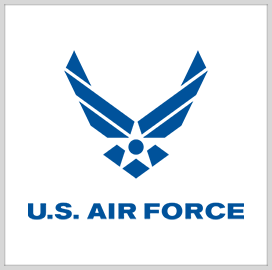The U.S. Air Force is undergoing a reorganization as part of efforts to prepare for great power competition.
The Air Force said Monday that under the reorganization, its major commands will be classified either as an institutional command or service component command.
Institutional commands will organize, train and equip airmen, and serve as enterprise integrators for capability modernization, acquisition and sustainment. Service component commands will work to prepare airmen and employ them for warfighting in the area of responsibility of a combatant command.
Examples of institutional commands include the Air Education and Training Command, the Integrated Capabilities Command, the Air Force Materiel Command and the Air Combat Command.
Examples of service component commands include Pacific Air Forces, U.S. Air Forces in Europe – U.S. Air Forces Africa, Air Force Special Operations Command and Air Mobility Command.
According to Air Force Chief of Staff Gen. David Allvin, the military service has, over the years, suffered from fragmentation that now requires a reorganization to correct.
“After some deep introspection, it has become clear that to dominate in this challenging strategic environment, we must have a force structure that is better aligned, clearly understood, and agile enough to exploit the rapid pace of change,” Allvin said.





